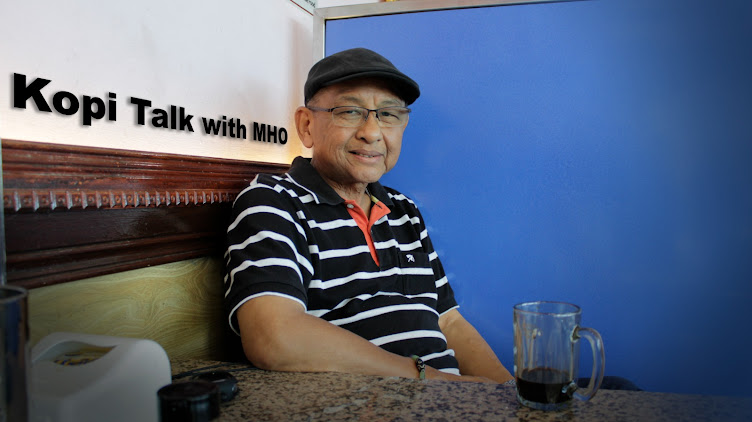Brunei is entering COVID-19 endemic phase sooner than expected.
Thanks to its massive and rapid vaccination drive. As of today, almost 80% of the population in the Sultanate has taken their two-dose vaccination.
“With the vaccination success rate that has been achieved so far, Alhamdulillah, we have almost reached the target of 80% of the two-dose vaccination rate among the population in this country and will move into the Endemic Phase soon”, announced Minister of Health Dato Seri Setia Dr. Mohd Isham JaafarWednesday 24 November 2021.
He said the Ministry of Health is now actively monitoring and examining the situation of the COVID-19 infection in Brunei as well as current developments abroad.
“Given that the Transition Phase has been implemented less than a week ago, the COVID-19 Steering Committee needs more time to consider the implementation of the Endemic Phase”, said the minister in his media statement.
He advised the public to wait for the announcement of the start of the implementation of the Endemic Phase.
Endemic Phase – What it means
First, let us be clear about the words like a pandemic, epidemic, and endemic.
We have been hearing these words regularly when the COVID-19 virus spread all over the world resulting in a global crisis of unprecedented reach and proportion.
Over time, we became familiar with these words yet some of us perhaps still confused about the distinction between them.
What is an endemic, epidemic and, pandemic?
Now we are in a transition phase from pandemic to endemic.
So what does it exactly mean?
Understanding those medical terms is important.
It can help us digest public health news better and give appropriate responses.
So what is "ENDEMIC"?
"ENDEMIC" is a disease that affects a large number of people within a community, population, or region.
In this case, we are talking about COVID-19. The disease emerged in Wuhan, China in late 2019.
At first, it was an "EPIDEMIC", a sudden outbreak that spread rapidly among the people in that city.
Despite strict quarantine measures, public health officials were unable to contain the virus.
In March 2020, the World Health Organization declared it a "PANDEMIC", meaning that it had spread widely around the world.
A year later, the COVID-19 pandemic was still raging. However, in early 2021, almost 90 percent of researchers surveyed predicted that it would become endemic over time.
In other words, they believe it will not be completely eradicated but instead will have a constant presence among particular populations in various parts of the world.
|
If so, then, like other endemic diseases, COVID-19 may flare up from time to time, resulting in local epidemics.
So "ENDEMIC" is when COVID-19 is contained to a particular people or country.
The spread of the “ENDEMIC” disease is described as an “EPIDEMIC” and it became a “PANDEMIC” when it started to spread over multiple countries and continents.
Just remember a “PANDEMIC” is an “EPIDEMIC” that travels everywhere across the world.
What happened during the endemic phase?
This we have to wait for the announcement of the start of the implementation of the Endemic Phase.
However, of course, we expect most restrictions to be gradually lifted, mass testing, contact tracing, and quarantine will eventually stop, and travel without quarantine will be reinstated.
We will also expect some measures to stay in place because cases may continue to be imported.
People will probably be encouraged to continue wearing masks in crowded places and maintaining hand hygiene. Perhaps social distancing would still be around for a while.
Testing for COVID-19 may still be needed, but likely only to check if someone who is sick has the disease.
How about conducting tests in the community setting or tracing and quarantining close contacts of those infected? Maybe there is no need for that anymore.
Testing at the borders will probably be imposed, but perhaps more selective, depending on the country the traveler is coming from.
So, there will be so many other things that will need to be taken into consideration and looked into in how to carry on with our lives with COVID-19 in the Epidemic Phase.
As stated by the minister of health, given that the Transition Phase has been implemented less than a week ago, the COVID-19 Steering Committee needs more time to consider the implementation of the Endemic Phase.


.jpeg)


